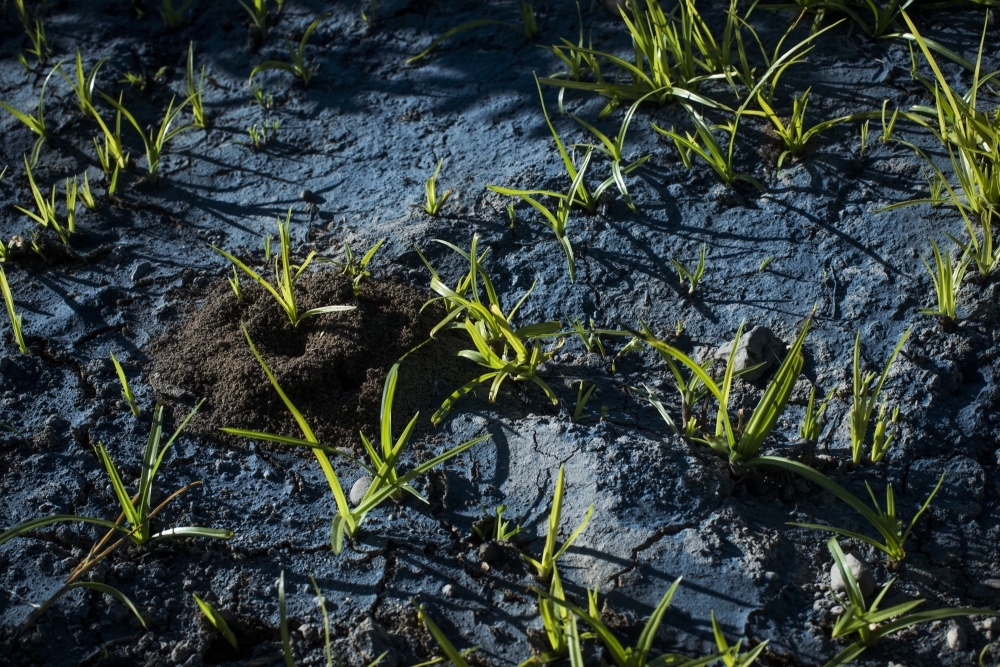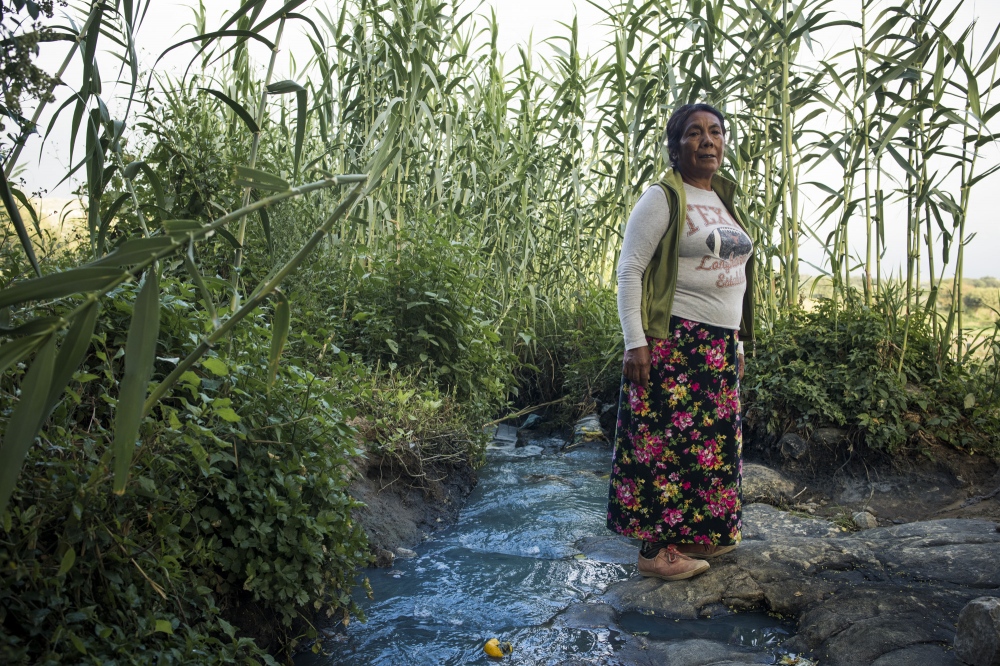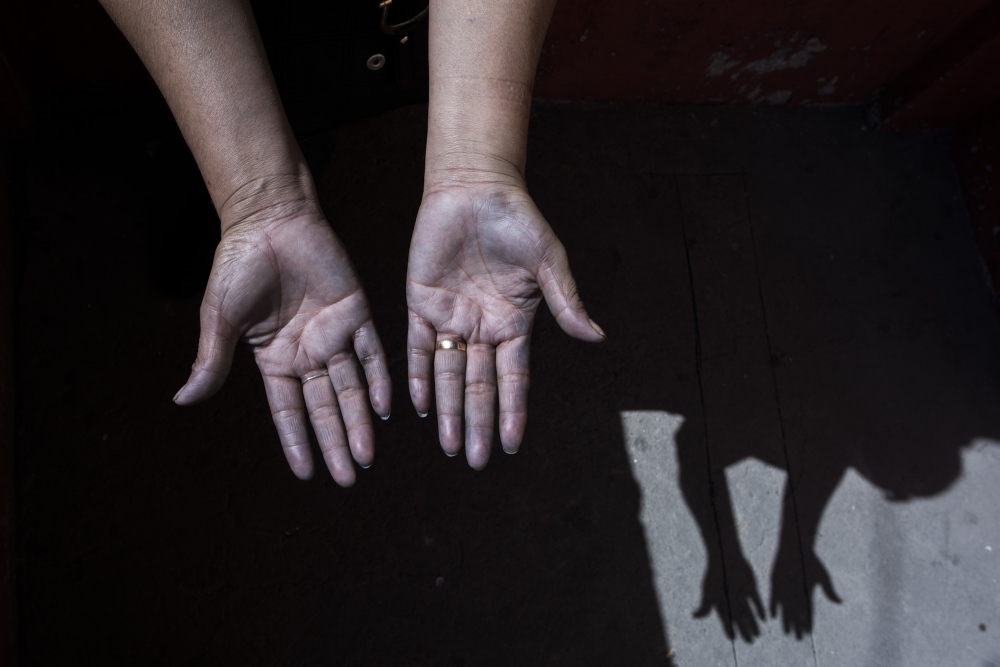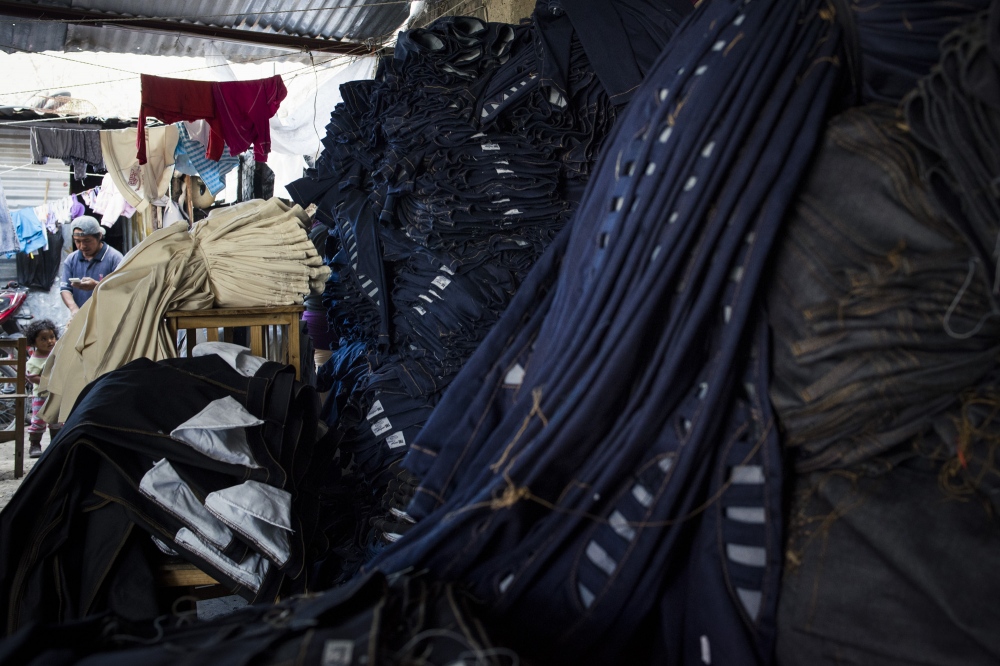Public Story
BLUE TOXIC WATER
TEHUACAN, THE CITY OF THE BLUE TOXIC WATER
Factories in Tehuacán, Mexico, produce distressed denim for big-name US brands like Levi's, Guess, and Gap. But, say local activists, some also produce harmful side effects - contaminating the water supply and sterilising the earth.
Tehuacán has more than a hundred industrial laundries, both legal and clandestine, and it plays an important role in the textile industry. Sadly it has now become famous for the color of its water, that's blue ,or better, blue denim. Rivers and irrigation canals at a certain time of day are tinted by electric blue. It is the hour when the laundry discharge their waters after the "sand-blasting" process, because this is how jeans are fashionable now, "washed out".
In the rural areas, now, it's forbidden to cultivate and grow up vegetables, as they would be toxics. The risk is a very hefty fine, especially if they are going to be sold in the city markets. Some farmers even confessed that they were threatened with being put in jail.
Although in 2011 Greenpeace launched the "Detox my fashion" campaign and published the report Hilos Toxicos, referring precisely to the contamination in Mexico, in Tehuacán nothing has changed. The laundries, connected to the big brands, continue to discharge the residual water in the rivers, there isn't yet a purifier and the farmers are getting even poorer.
In addition to the environment, workers are also suffering. Before being washed, the trousers are, in fact, treated with chemical agents. Lucia for example, who has worked for 35 years for a big denim company, is now suffering from a chronic lung disease and, she reveals, "The safety rules are applied only for a few days, when there's outside surveillance, the rest of the time they want us to work without masks and gloves".



















